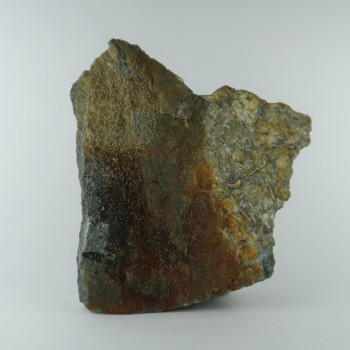Childrenite
Childrenite is a rare phosphate mineral which often forms prismatic to tabular crystals with a subvitreous luster. It was named in 1823.
Showing the single result
Information about Childrenite
Appearance
A rare phosphate mineral which often forms prismatic to tabular crystals with a subvitreous luster. It is typically a pale yellow, orange, pale brown or deep brown colour with translucent crystals which sometimes display pleochroism.
Uses and History
Childrenite doesn’t really have any industrial uses, but it is an important research mineral and is also beloved by collectors due to its crystal forms and colours.
Childrenite was named in 1823 by Henry J. Brooke, and named after John George Children, an English mineralogist. It was originally discovered at the George and Charlotte Mine, near Tavistock, Devon.
Mineralogy
Orange, Yellow-brown, brown, olive brown
Hazards and Warnings
Mineral collectors should wash their hands after handling specimens, to avoid any exposure to potential toxins.
Almost all rocks, minerals (and, frankly, almost all other substances on earth) can produce toxic dust when cutting, which can cause serious respiratory conditions including silicosis.
When cutting or polishing rocks, minerals, shells, etc, all work should be done wet to minimise the dust, and a suitable respirator or extraction system should be used.
Translations
Arabic:
Hindi:
Portuguese:
Bengali:
Indonesian:
Punjabi:
English:
Italian:
Russian:
- Чилдренит
French:
Japanese:
- チルドレナイト
Spanish:
- Childrenita
German:
- Childrenit
Korean:
Thai:
Gujurati:
Mandarin Chinese:
Urdu:

